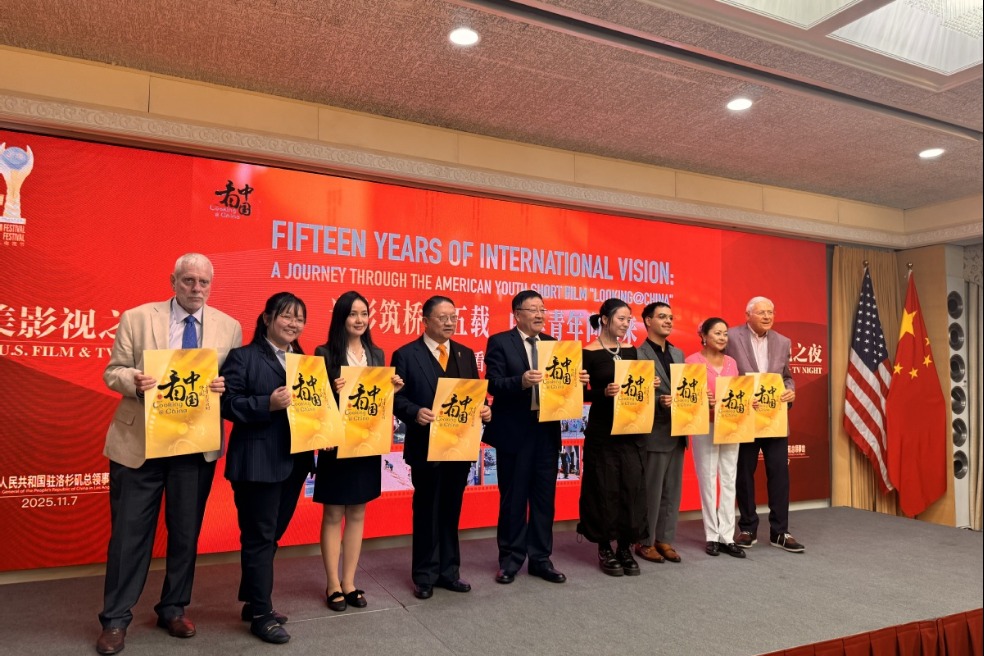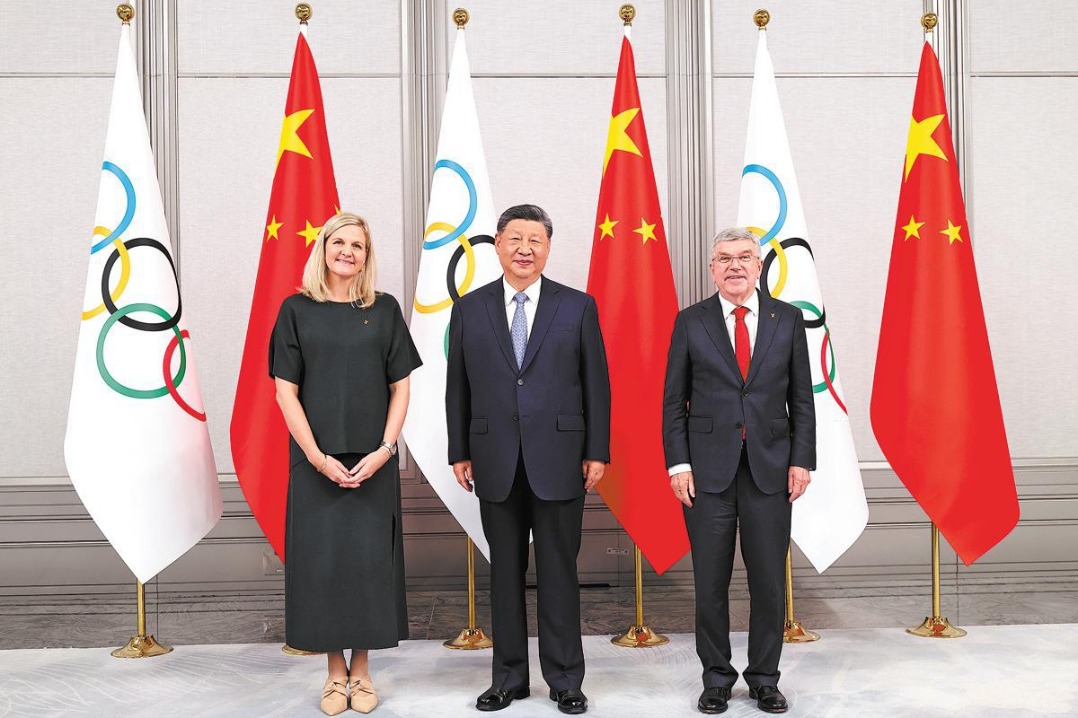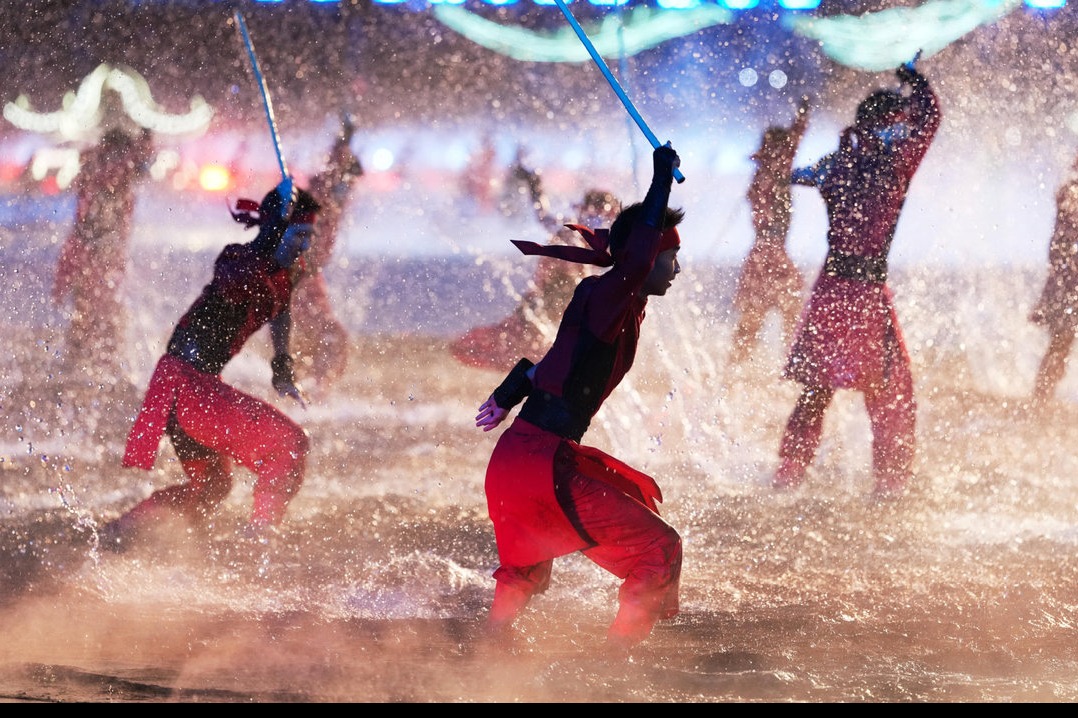Revealing their true colors
Family's decadeslong mastery of dyeing technique continues, Yang Feiyue reports.
By Yang Feiyue | China Daily | Updated: 2024-12-30 08:57

The cotton fabric was deeply loved for its colorfast, rustic properties, especially in coastal areas where it rains a lot, like it does in Jiangsu.
With the development of the cotton textile industry in Nantong during the Ming Dynasty (1368-1644), the use of indigo with cotton textiles expanded.
Thanks to a warm and humid local climate, bluegrass was cultivated extensively, and dye workshops multiplied.
According to records, there were as many as 19 hand-dyeing workshops registered with the dyeing and weaving bureau during the period, when indigo products were one of the main tributes submitted to the imperial court.
Nantong blue calico is entirely made by hand, from the spinning and weaving to the dyeing. The patterns are also handmade, using engraved paper stencils that resemble the art of paper-cutting. The style is simple and rugged, and the imagery is often abstract and exaggerated, according to cultural experts.
The patterns are typically a combination of a frame with central motifs. Most are symbolic, conveying auspicious meanings, and images of flowers, birds, fish and insects often serve as carriers of meaning.
























